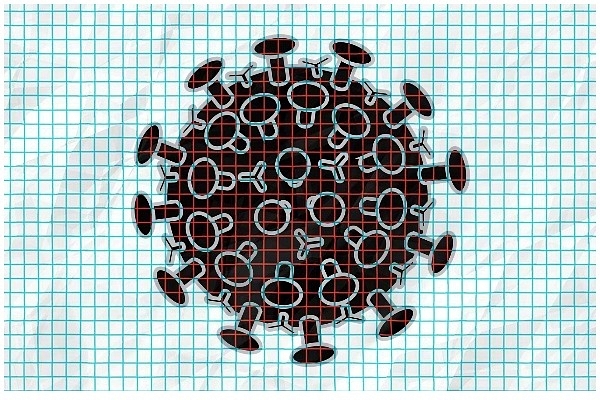Economy
Where Does India’s Economic Recovery Stand In Comparison To Other Emerging Markets?
- The important takeaway is that India’s economic recovery has certainly been stronger if one considers the extent of mobility restrictions that have persisted and that it has done better compared to most of its peers when one puts that factor into context.

Representative Image
One of the key things that has kept many of us preoccupied is undertaking cross-country comparisons, whether in the form of the extent of impact of the pandemic, its economic implications, the appropriate policy response or the economic recovery process.
The question that thus emerges is where does India rank in comparison with its peers.
Such a discussion has been of particular interest ever since India recorded one of the sharpest contractions in the first fiscal quarter. Since then, many have been wondering whether India’s economic recovery would lag behind its peers.
In September, I had cautioned about the prospects of the same, given several factors including the growth slowdown in the preceding year, along with the fact that India’s lockdown has been far too stringent compared to our other peers — and that this stringency has persisted even in the unlocking phase.
As stated earlier in several articles, we must recognise that lockdown means a reduction in the level of economic output due to restrictions imposed by the government.
Several such requirements have been removed since then, but the evaluation of the recovery process must consider two things. First, is the extent of stringency of a lockdown along with its duration. This is important as it provides a crude idea of the extent of impact that a lockdown would have on the economy.
The second issue pertains to the pace of relaxation of the lockdown restrictions — or the gradual opening up of the economy. The economic recovery process thus must be viewed with this backdrop in mind.
Figures 1 and 2 provide a comparison of India with several other emerging market economies with regards to the stringency of the lockdowns and other restrictions that have been enforced.
It shows several things — first, that the lockdown in India was by far the most stringent and this has been repeated several times since then. The second point is that the relaxation process has been fairly gradual, which is illustrated in a modest dip after the relaxation of the restrictions.
It is further interesting to note that India never really had a stringency score lower than 65 since the imposition of lockdown. The other point is with regards to the present situation, whereby India scores third in terms of the stringency of its restrictions. China tops the list followed by Mexico and then India.
However, India had a stricter lockdown till as recent as late September when one compares with Mexico. The same is also true for China as per this tracker.
This information is important when we look at the growth recovery process that is underway in these countries, as we must put in context the local restrictions in each of these countries before we do any such comparisons.
The two figures below track the quarterly real GDP growth rates for the same group of countries. Seven of these countries have GDP figures for the second quarter of the current fiscal year.
Given the stringency of India’s lockdown, no surprises that India did not do well with regards to the first quarter. However, what we find is that India has done better than three countries, namely Mexico and Philippines in the second quarter period. This is the phase when India had a much more stringent lockdown than compared to all the other countries.
This contextual information is also important as the stringency index shows a modest index in stringency of India’s restrictions from the 21st of November onwards.
We must recognise that each country is at a different stage on both the public health emergency front and on the economic recovery front as several countries in Europe reintroduce fresh round of such restrictions.
This means that recovery assisted by exports is bound to be hit due to these restrictions. What this means is that containing the spread of the disease followed by vaccination drives becomes a top priority for countries in order to ensure an unhindered growth recovery process.
However, the important takeaway is that India’s economic recovery has certainly been stronger if one considers the extent of mobility restrictions that have persisted and that it has done better compared to most of its peers when one puts that factor into context.
This implies that the growth recovery process in India may very well be stronger. As is the case, many have been positively surprised by the extent of the pace of normalisation of economic activity, so who knows, India just might surprise everyone over the coming few quarters.
Introducing ElectionsHQ + 50 Ground Reports Project
The 2024 elections might seem easy to guess, but there are some important questions that shouldn't be missed.
Do freebies still sway voters? Do people prioritise infrastructure when voting? How will Punjab vote?
The answers to these questions provide great insights into where we, as a country, are headed in the years to come.
Swarajya is starting a project with an aim to do 50 solid ground stories and a smart commentary service on WhatsApp, a one-of-a-kind. We'd love your support during this election season.
Click below to contribute.
Latest